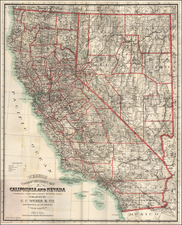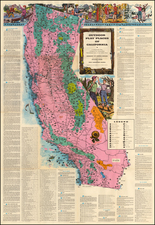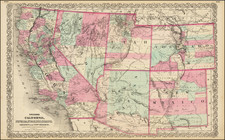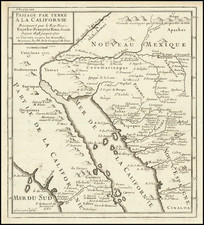This 1924 map, detailing the Fire Patrol Zones in the Cleveland National Forest's Trabuco District, provides an essential overview of the area's fire management strategy during the early 20th century.
The map is divided into distinct patrol units, each numbered and outlined with specific boundaries, marked in red. These units include:
- I: District Ranger and Corona Ranch Cooperators
- II: Santiago Unit
- III: Temescal Unit
- IV: Trabuco Canyon Unit
- V:San Juan Unit
- VI: Elsinore Unit
- VII: Tenaja Unit.
Annotations in red ink offer additional context and information, such as the locations of District Ranger Headquarters (square with a circle inside), U.S. Patrol Headquarters (solid circle), U.S. Lookout Stations (triangle), Water Company Cooperative Patrol Headquarters (circle with cross), and County Patrol Headquarters (open circle). Specific operational instructions, like "When Tenaja Patrolman goes off duty, the Elsinore patrolman takes charge of Unit VII," are also noted.
The map features detailed topography, including elevation contours, major roads, rivers, and significant landmarks within the Trabuco District. The terrain is rendered with fine lines to indicate changes in elevation and landscape features. The western boundary of the map extends to the Pacific Ocean, highlighting the coastal areas adjacent to the forest. Additionally, the boundary of the State Game Refuge is indicated with a dashed line, showing the limits of protected areas within the forest. This refuge is integral to wildlife conservation efforts, and its boundaries are critical for forest management and fire control strategies.
The Fire-Cleveland Trabuco District Fire Patrol Zone Map was created during a period when forest fire management was becoming increasingly sophisticated. The map reflects the efforts to systematically monitor and control forest fires through designated patrol units and coordinated efforts among rangers and cooperators. The annotations and detailed boundaries demonstrate the practical measures implemented to protect the Cleveland National Forest and surrounding communities from the threat of wildfires.











![Wines from California | Wine Land of America [Vineyard scene]](https://storage.googleapis.com/raremaps/img/small/93655.jpg)

![[ First Gold Rush Edition! ] Colton's Map of the United States of America, The British Provinces, Mexico, The West Indies and Central America . . . 1849](https://storage.googleapis.com/raremaps/img/small/101951.jpg)
